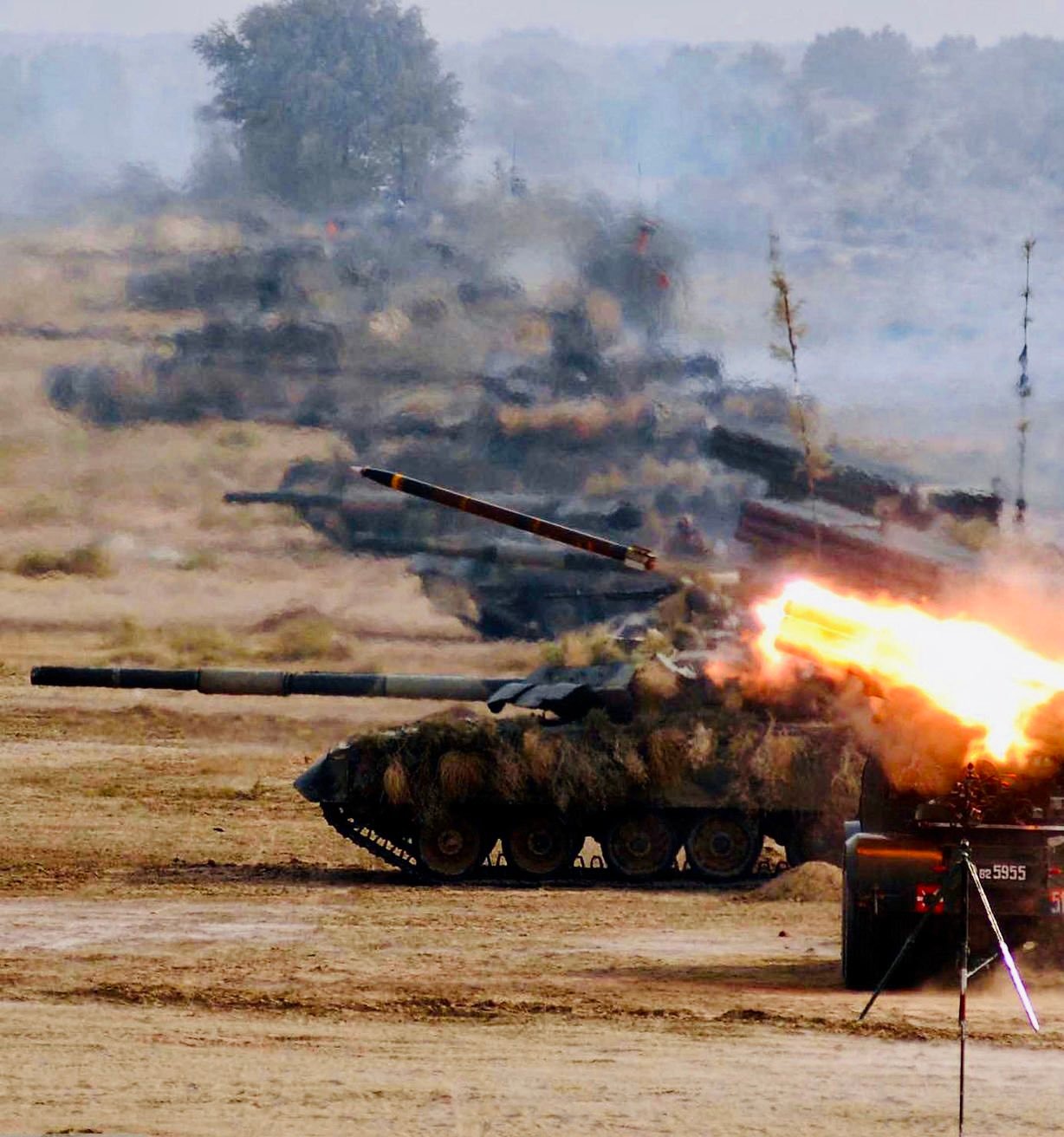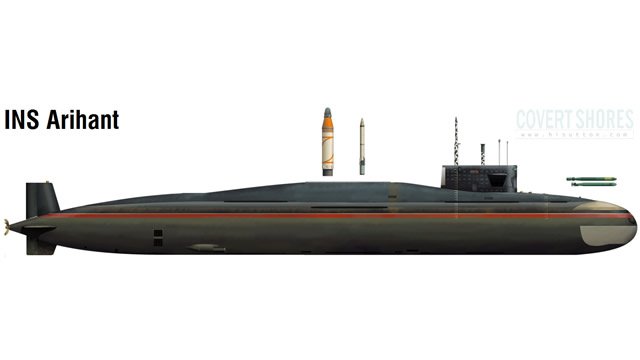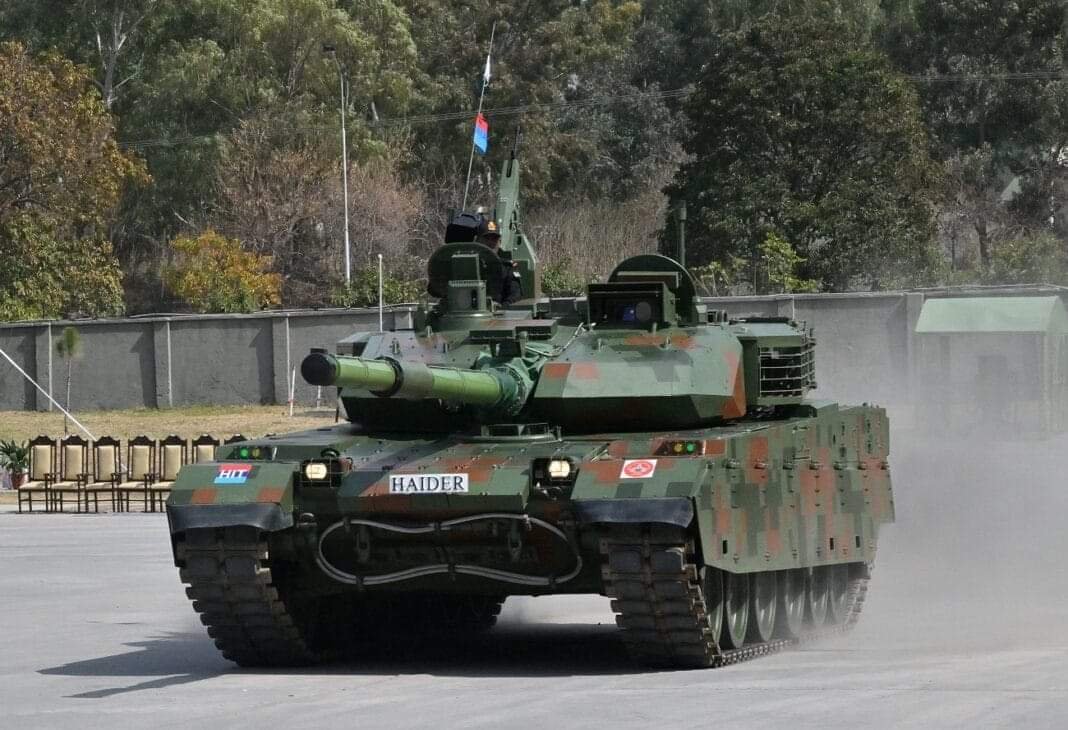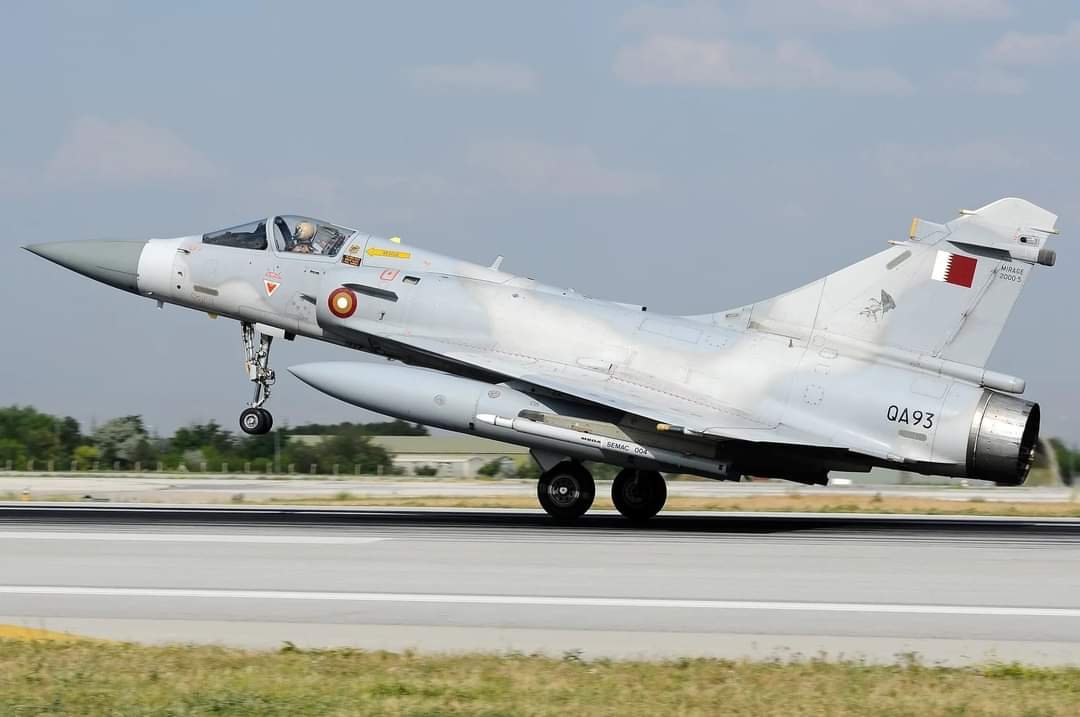Pakistan’s Q-5 Chinese Aircraft
The Nanchang Q-5 (Fantan), also known as the A-5 in its export versions, is a Chinese built jet ground attack aircraft based on the Soviet MiG-19. Its main role is Close air support.
The MiG-19/J-6 became the starting point, but the new design, designated Qiangjiji-5 (fifth attack aircraft design), had a longer fuselage, area ruled to reduce transonic drag and accommodate a 4 m (13-ft) long internal weapons bay. The air intakes were moved to the fuselage sides to make space in the nose for targeting radar (which was never actually fitted). New wings with greater area and reduced sweep were incorporated. The Q /A-5 shares the J/F-6’s Liming Wopen-6A (Tumansky R-9) turbo jet engines. The redesign costs some high-altitude speed, but the Q / A-5 is as fast as the MiG-19/J/F-6 at low level, thanks largely to the area-ruled fuselage.
42 A-5’s were ordered by Pakistan Air force in May 1982. First batch of 41 aircraft was delivered in early 1983 to squadrons’
No. 7, 16 and 26; formally replaced remaining B-57 Canberra bombers of No. 7 squadron in December 1983. Approximately 100 more aircraft equipped three more squadrons; delivered by early 1987. Pakistan Air Force A-5s were modified with western avionics, Martin Baker ejection seats, hard points for compatibility with AIM-9 Sidewinder and other weapons / systems.
A-5Cs are armed with 2 × Norinco Type 23-2K 23 mm (0.906 in) cannons. 2000 kg weapons load can be carried on 10 hard points (4 × under-fuselage, 6 × under-wing). Combat load consist a combination of rockets, missiles, bombs and drop tanks.
Retirement of the type by 1997 and replacement with upgraded Mirage III/5 was planned during early 1990s but was never implemented. Phase-out and replacement by the JF-17 multi-role fighter is to be completed by 2015.



















